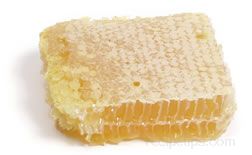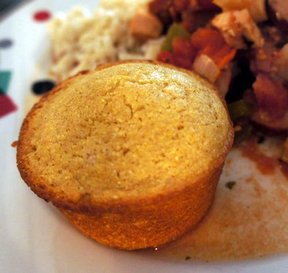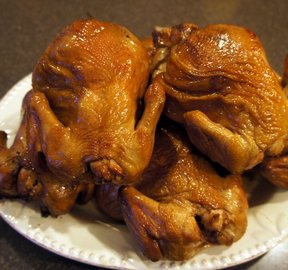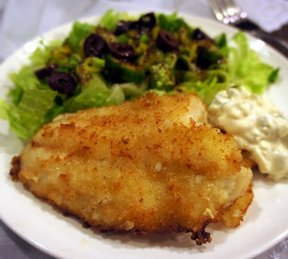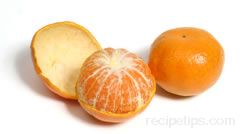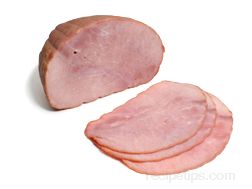Bees typically extract the nectar from a specific group of flowering plants before moving on to a different variety of plant, thus creating a specific Honey varietal as they work an area with plants. However, at times the pollen can come from several different varieties and thus are classified and sold as wildflower Honey. A few of the common flowering plants or flowering trees used by bees to produce Honey are: alfalfa, avocado, blueberry bushes, buckwheat, chestnut, clover, dandelion, eucalyptus, Hawaiian kiawe, lavender, orange blossom, sage, saw palmentto, tupelo, thyme, tulip poplar, and wildflowers. Each plant produces a somewhat different flavor, with some being significantly stronger than others. The most common plant for honey is clover, which provides a pale amber colored Honey having a delicately sweet flavor. Each plant provides a distinctive flavor that becomes stronger as the Honey color darkens. Buckwheat Honey, a dark Honey, provides a strong, somewhat bitter taste. When categorized for use, Alfalfa, Clover and Orange Blossom are general purpose Honeys, that can be used for baking, sweetening, desserts, and candy. For the prepartion of sauces, marinades and dressings, the Avocado, Eucalyptus, Kiawe, Lavender, Sage, Thyme, and Tupelo Honeys are milder varieties that work well for use in flavoring food seasonings. Both Kiawe and Lavender Honeys are white in color and provide delicately sweet and lightly tropical flavors. The stronger Honeys, such as Buckwheat, Chestnut and Tulip Poplar are best when used for earthy or savory dishes requiring a stronger flavor. Sauces and marinades for savory or red meats, rich muffins and cookies with deeper flavors, and stronger varieities of cheese are all foods that can be partnered with the richer and stronger tasting Honey varieties.
With a low glycemic index rating, Honey can be used in place of granulated sugar in some recipes, however, use is sparingly since it is approximately 40% fructose and is sweeter than sugar. Also, if used for baked goods such as breads and rolls, it will add slightly to the rising time of the dough.
Since Honey will crystallize and harden when refrigerated or when exposed excessively to air, store Honey in a cool dry area, making sure it is tightly sealed to eliminate the potential to harden. Termperatures in the range of 64ºF (18ºC) to 75ºF (24ºC) are best for storing Honey. Honey will not easily develop bacteria due to the low amount of moisture and the higher amount of acid in the form of gluconic acid. If a container of Honey becomes crystallized, place the Honey in warm water approximately 150° to 160° F or microwave slowly until it turns to liquid. Comb and chunk Honey can be stored for 5 to 7 months and should be kept in the freezer for extended storage, while liquid Honey will last indefinitely if stored properly away from direct sunlight and heat. Over exposure to direct sunlight and/or heat can cause degradation of the quality of the honey.

